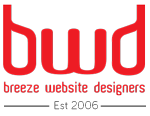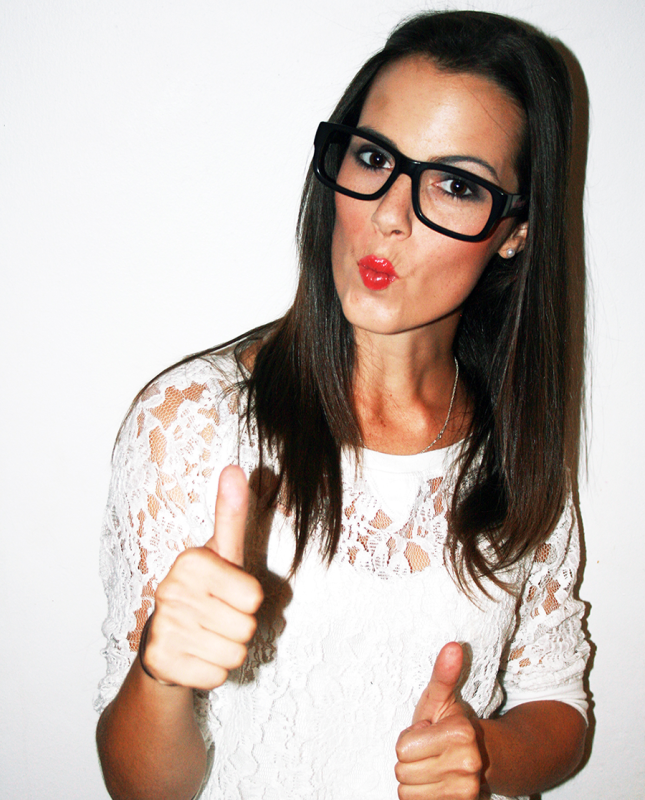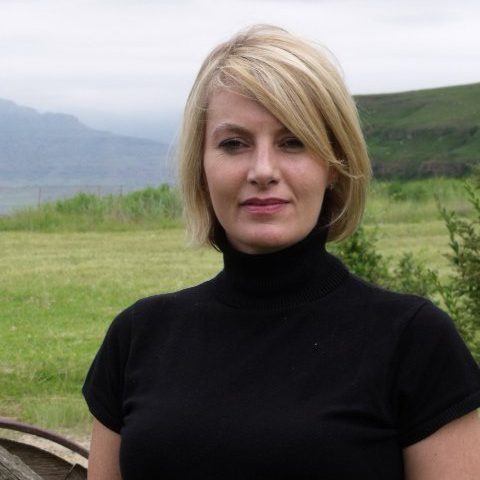Emotional Branding
Johannesburg, more colloquially known as “Jozi” is a city without a singular characteristic. You are probably thinking - Um, don’t speak about my city like that. But actually it is way, way better. Jozi is branded by a diversity of different characters that have the ability to...








